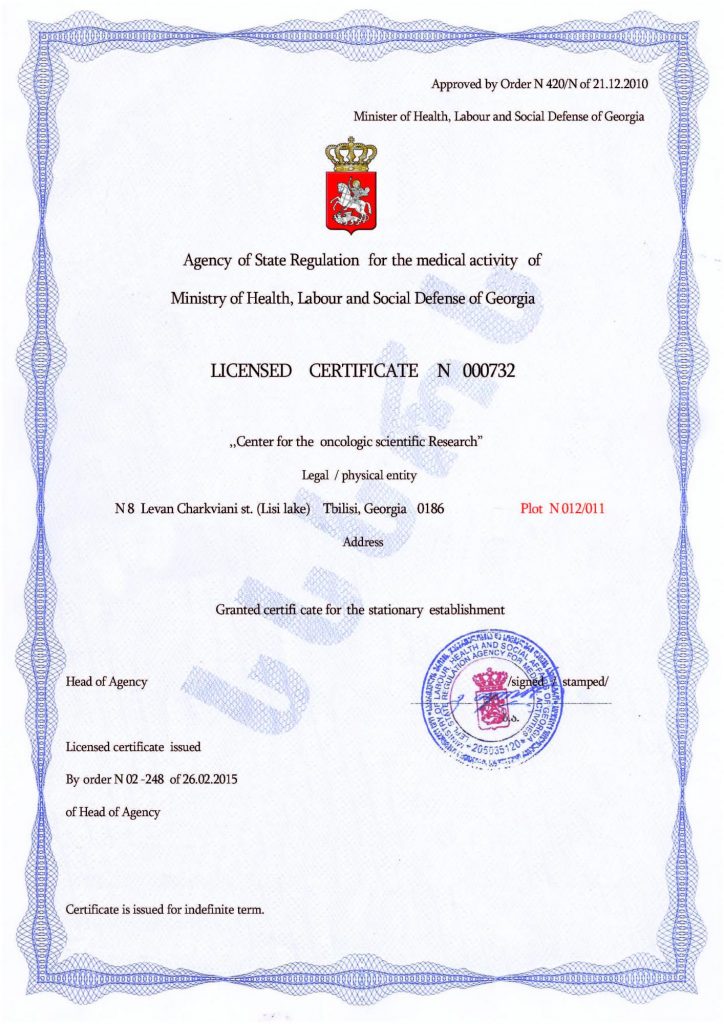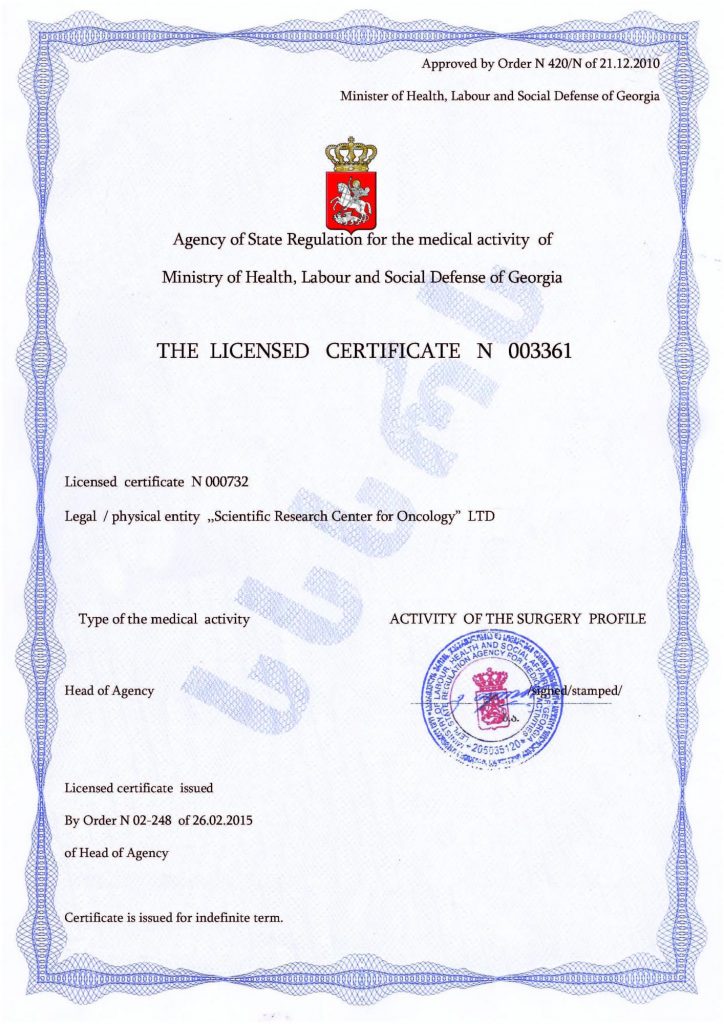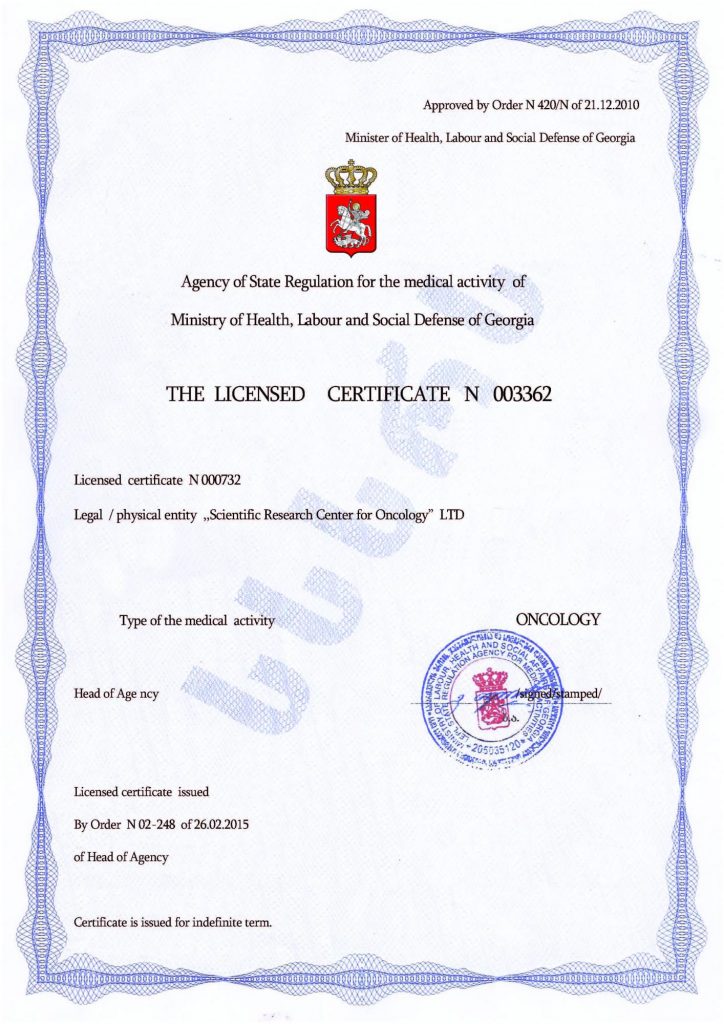A Child with Autism on a Bicycle: A Ride with Obstacles
There is probably no child who doesn’t enjoy riding a bicycle. But to do that, one must first learn, and at this initial stage, many children with autism face insurmountable barriers. It turns out that pedaling is harder than it seems at first glance.
Teaching an autistic person how to ride a bicycle requires patience, consistency, and adapting the method to their individual characteristics and needs. But if you take a few key steps, the overall task will become noticeably easier.
- Choosing the Right Bicycle.
- In the beginning, it might be helpful to use not a regular bicycle, but a three-wheeled balance bike (push bike) without pedals. Using this will influence the vestibular system, help train balance, and teach how to hold the body while seated.
- A bike with training wheels can be used for the first ride. This will be almost identical to a regular ride, but the training wheels will help the child feel confident and not fear falling.
- It is better to choose a bike with a low frame — it’s easier to get on. Plus, the seat is closer to the ground, which also helps build confidence.
- Finally, a tandem may be required if the child needs accompaniment.
- Preparing for Training.
- It is best to explain the sequence of actions using illustrated stories or visual prompts (e.g., picture cards).
- It wouldn’t hurt to show a tutorial video or demonstrate yourself.
- For safety, check if the bicycle is comfortable (seat, handlebars), adjust them to the right height, and ensure there are no potentially irritating factors — such as unpleasant sounds when the pedals are braked.
- Stages of Training.
- First, you need to develop a sense of balance and coordination. Start with a balance bike or a regular pedal-less bike so the child can push with their feet and learn to balance. You can practice balance by riding on a small incline. If balance issues persist, it’s worth trying a bike with training wheels, using the feet to propel forward.
- Then you need to teach how to pedal. Begin by securing the bike on a stand so the wheels don’t touch the ground, seat the child, and allow them to “ride” — this is important so they can feel how their legs should move. During the first attempts, you may need to support them under the arms or at the waist. A good training technique is “starting with a roll” — propel with the feet, then place on the pedals.
- At first, teach the child to ride straight, and only later can they learn to turn. You will also need to teach the rules for stopping and emergency braking.
It is important to remember that the student is an autistic child, who might get distracted or react inappropriately even to the most ordinary events. Furthermore, the sensory system should not be overloaded during the ride. Therefore, for training, it’s crucial to choose quiet, safe places without cars and large crowds of people. If the child is sensitive to noise, use headphones. In case of motor difficulties at the initial stage, it’s essential to use the balance bike and bike with training wheels. To avoid falls and the fear of them, a safety harness should be used, or practice on a soft surface (grass, rubber mat). But most importantly — patience and support! For some children, the process takes a few days, for others — months, but the path to success can be achieved step by step. You just need to start, and bike rides will become a great way to distract, reduce anxiety, and relieve stress.
Learning how to ride a bicycle becomes even easier when the cause of motor and coordination difficulties — autism — is addressed. In recent years, cell therapy has been most successful in combating the disorder and its symptoms. This innovative approach is highly effective and as natural as possible.
It involves transplanting the patient’s own stem cells, which eliminates the risk of rejection. Once introduced, the cells transform into healthy analogs of the affected ones and replace them, helping the brain and nervous system to function normally. As a result, the perception of the world changes, behavior improves, cognitive abilities increase, and overall development accelerates. The effects of the procedure are long-term and often lifelong, enhancing the effectiveness of other therapeutic methods.
The benefits of this approach have been proven and widely recognized, so it’s not ruled out that cell therapy will become the primary way to overcome autism and its symptoms. At the moment, it is practiced only in the leading clinics of the world, which are few, including the Mardaleishvili Medical Center. Georgian doctors have excellent training, extensive experience in performing transplants, and the latest equipment to achieve the best therapeutic results. From a practical standpoint, it’s worth noting that the services of the center will cost less than in other countries with a similar level of healthcare. The center’s staff will also provide comprehensive assistance with travel planning and accommodations in Tbilisi.
Undergo cell therapy — and confidently ride into a bright future!
Autism Treatment Center Videos
Autism treatment with own stem cells
Cord blood association congress
International Quality Crown
Autism Treatment Reviews
Autism treatment with own stem cells
The story of Alessandro (6 years old)
Autism Patient Testimonial - Stem Cell Treatment
Clients Testimonials
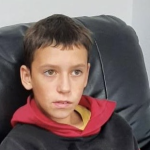
Feedback from Igor, David’s father (12 years old) Read More
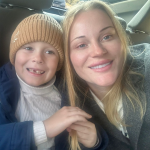
Feedback from Olga, Fedya’s mother Read More
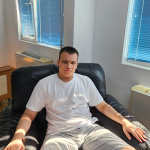
Feedback from Natalia, Radomir’s mother (15 years old) Read More
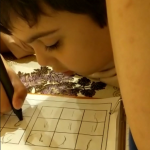
Feedback from Esther, Samuel’s mother (8 years old) Read More
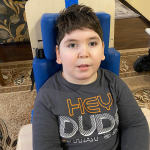
Feedback from Abibe, Selim’s mother (7 years old) Read More









